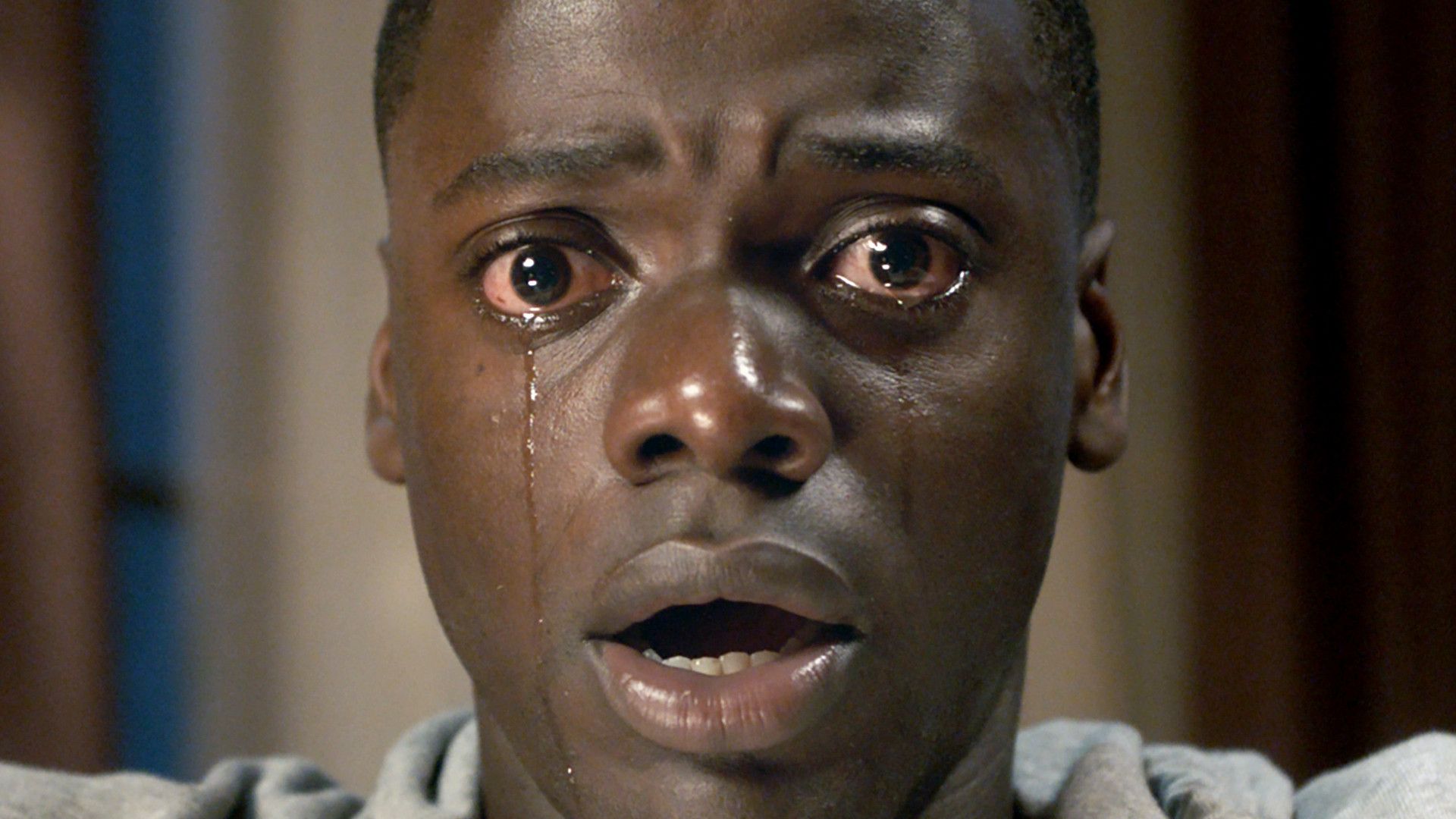
Many well-known horror movies initially had endings that were considered too dark. Horror films usually try to balance realistic, unsettling conclusions with endings that feel satisfying. However, in a few instances, the original plans were simply too extreme, even for fans of the genre.
These alternative endings – whether they involved killing off main characters, revealing surprising truths, or leaving audiences feeling completely hopeless – would have been incredibly shocking to viewers. Some were just written down, while others were actually filmed but ultimately cut. What they all share is the potential to drastically change the feeling and lasting impact of each movie.
The Blair Witch Project (1999)
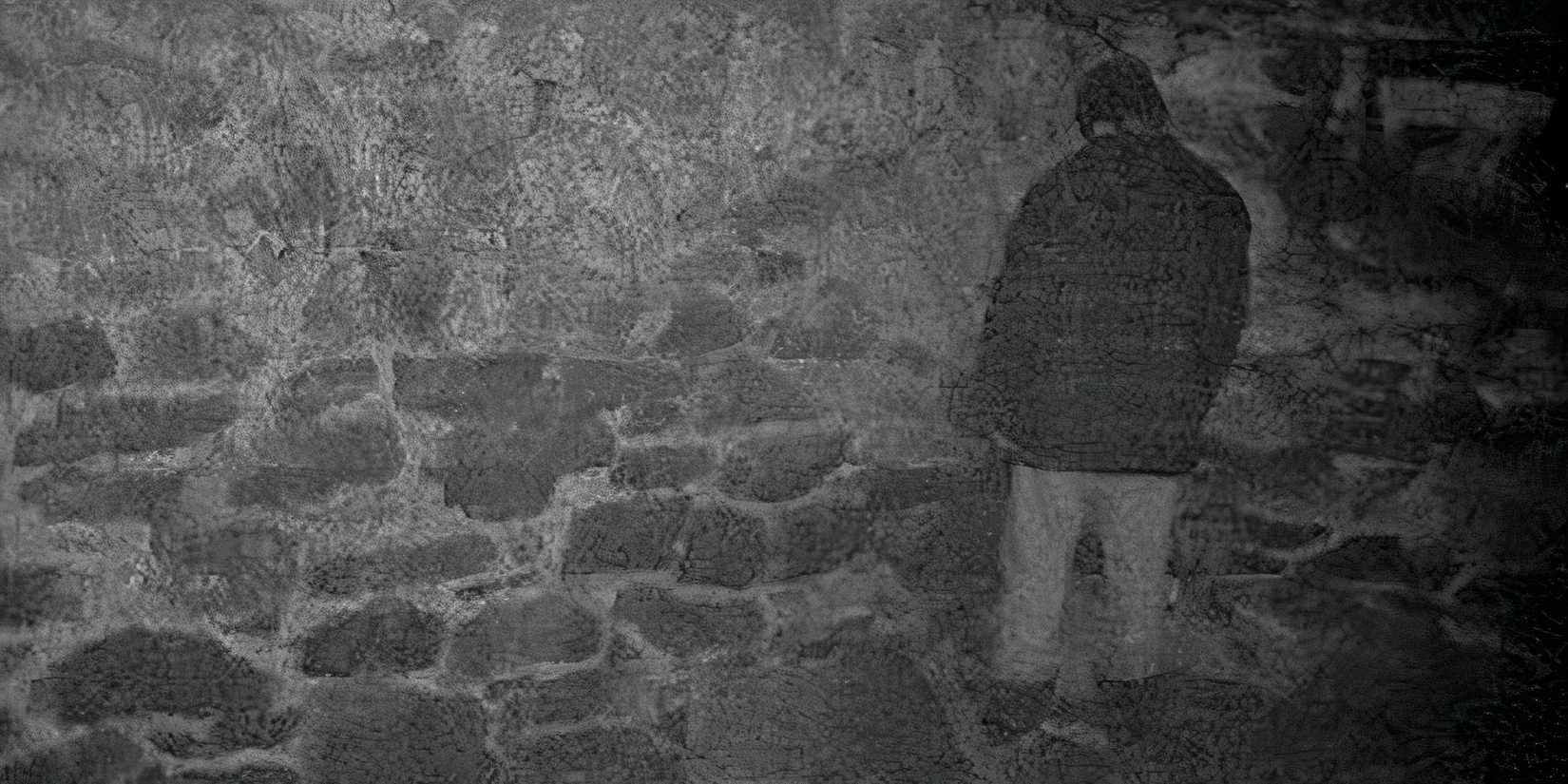
The iconic horror film The Blair Witch Project originally considered several endings that were even more disturbing than the one audiences saw. The creators filmed different versions of the scene where Mike’s fate is revealed, including one where he was shown hanging from the ceiling.
The film also featured ritualistic imagery and suggested both characters met with sacrifice. Ultimately, The Blair Witch Project opted for an open-ended conclusion, with Mike standing facing a corner while Heather screams, letting the audience imagine the worst. While alternative endings were more visually explicit, they revealed too much and diminished the impact.
That choice truly made the ending memorable. By suggesting something terrible had occurred without actually showing it, the filmmakers created a far more frightening experience than graphic violence could have achieved. If a more explicit ending had been used, The Blair Witch Project might not have become the groundbreaking film it is known as.
Happy Death Day (2017)

While the movie Happy Death Day has a cheerful and uplifting conclusion, its first ending was much darker. Originally, after surviving the time loop of murders, the main character, Tree Gelbman, was unexpectedly killed by a poisoned cupcake, causing the cycle to restart.
As a huge fan of Happy Death Day, I always thought about what would have happened if they’d gone with that darker ending they considered. It would have totally shifted the whole vibe of the movie. The idea of Tree not actually getting a chance to redeem herself, of fate just…undoing all her progress, felt wrong. It just didn’t fit the fun, darkly comedic energy. Instead of a satisfying story about growth and overcoming obstacles, it would have been a really depressing, and honestly pointless, tragedy.
Honestly, I was SO glad they went with the hopeful ending for Happy Death Day. It really gave the movie that emotional punch it needed, and it’s why I, and a lot of people I know, really connected with Tree as a final girl. The original, darker ending? It was definitely a bold move, but I think it would’ve left audiences feeling pretty bummed out instead of satisfied. People go to horror movies for a release, you know? They want to feel something good at the end, not just a twist.
Alien (1979)
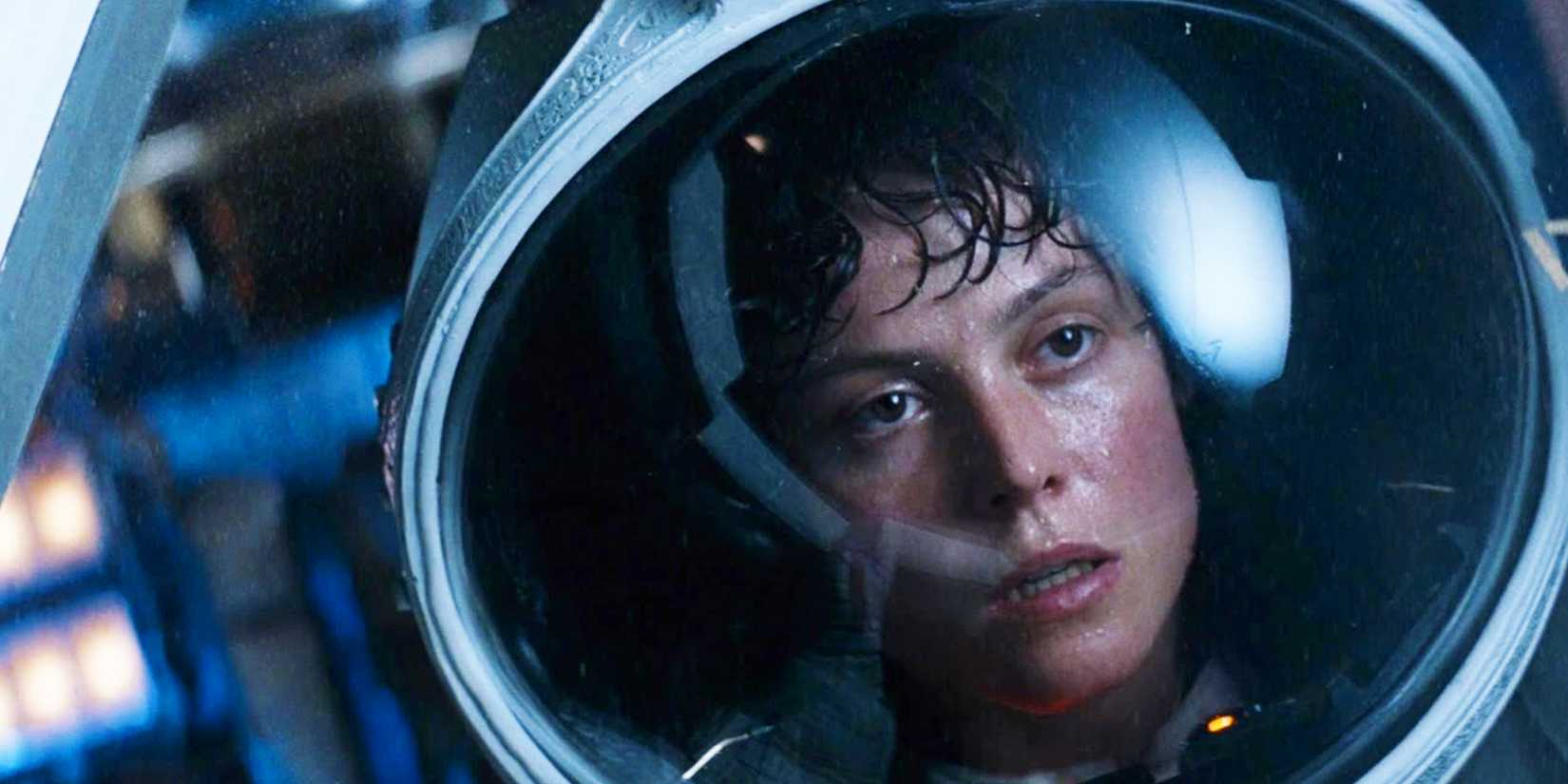
Ridley Scott’s film Alien almost had a much darker ending. Originally, after Ripley managed to escape, the alien creature would have boarded her shuttle and killed her. Even more disturbingly, it would then have copied her voice to record a final message, according to Comic Book.
The idea of the monster completely hijacking the hero’s story was deeply unsettling. Luckily, Fox executives rejected this bleak ending. They wisely realized it would ruin the franchise’s chances of becoming the successful horror series it is known as today.
Ripley’s incredible survival fundamentally changed science fiction horror. Rather than focusing on hopelessness, the film showed a strong female character overcoming terrifying odds, establishing her as a lasting icon. The original, darker ending, though creative, would have left Alien as a single, disturbing film instead of launching Ripley’s enduring legacy.
Dawn Of The Dead (1978)
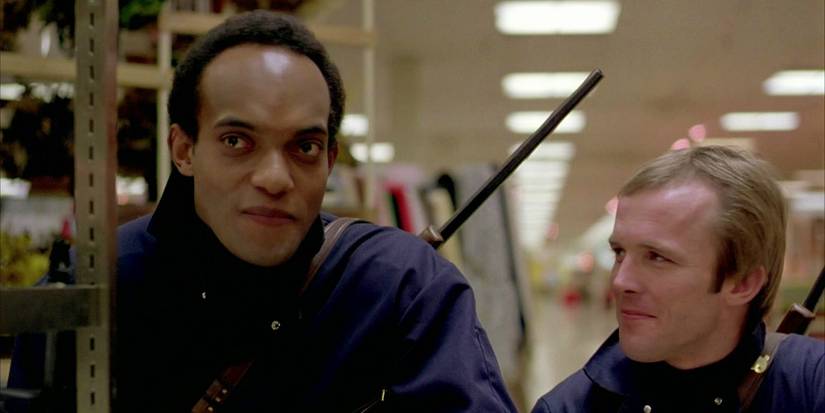
Similar to George A. Romero’s original film, Night of the Living Dead, Dawn of the Dead almost had a very bleak ending. Early versions of the script showed both Peter and Fran intending to commit suicide to avoid facing the zombie apocalypse. Peter actually went through with shooting himself, and Fran tragically stepped into the blades of a spinning helicopter.
Romero actually filmed the scene where Fran walked towards the helicopter blades, initially planning a darker ending. He considered letting both characters die, mirroring the grim conclusion of Night of the Living Dead, where the survivors are shot. However, he realized the sequel was generally more upbeat and ultimately decided to give the ending a bit of hope.
Romero’s film offered a small glimmer of hope, giving audiences a reason to believe in humanity’s ability to survive. While the ending of Dawn of the Dead isn’t completely clear, it allows viewers to find their own sense of hope within the frightening situation. This combination of horror and unexpected uplift is a key reason why the movie remains so impactful.
Get Out (2017)

The original ending of Jordan Peele’s Get Out was much bleaker and more aligned with the film’s horror themes. Instead of being rescued by his friend Rod, Chris was found by the police after he killed the Armitage family. He was then arrested and immediately imprisoned for multiple murders.
The original ending emphasized how Get Out critiques systemic racism, implying that even after surviving the immediate horror, Chris couldn’t truly escape societal injustice. However, Peele revised it because test audiences found that ending too devastating and preferred a more triumphant resolution for Chris.
The conclusion of Get Out delivered the satisfying release audiences wanted, offering a rare win for a Black lead in the horror genre. However, the initial ending still packs a punch, serving as a stark reminder that even after defeating the villain, real-life justice isn’t always assured.
Evil Dead (2013)
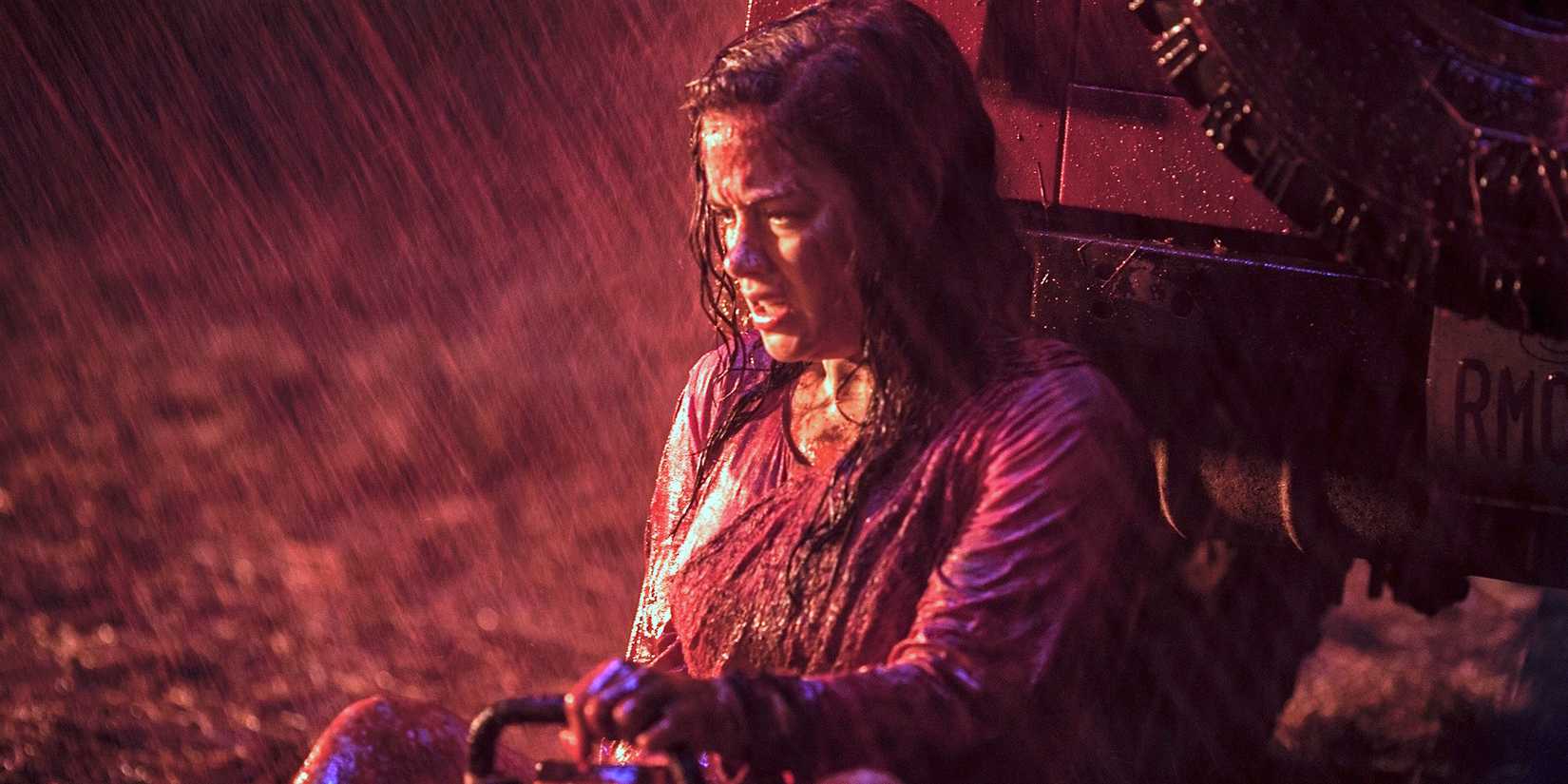
The 2013 remake of Evil Dead almost had a very dark ending. After Mia seemingly defeated the demon, the original script called for her to be possessed by an evil force while trying to escape. She would have floated into the air, and her body would have violently torn apart in a gruesome scene.
The ending was changed to be a bit more optimistic. Mia made it through her terrifying experience, wounded but alive. Director Fede Álvarez felt the audience deserved a hopeful outcome after witnessing so much hardship.
If the remake had kept its original, bleaker ending, it would have been a much more pessimistic film. Instead, the final cut strikes a balance between horror and a sense of triumph. This choice maintained the spirit of the original Evil Dead films—a combination of intense fear and dark humor—and honors the legacy of Ash Williams and the original trilogy.
Leatherface (2017)
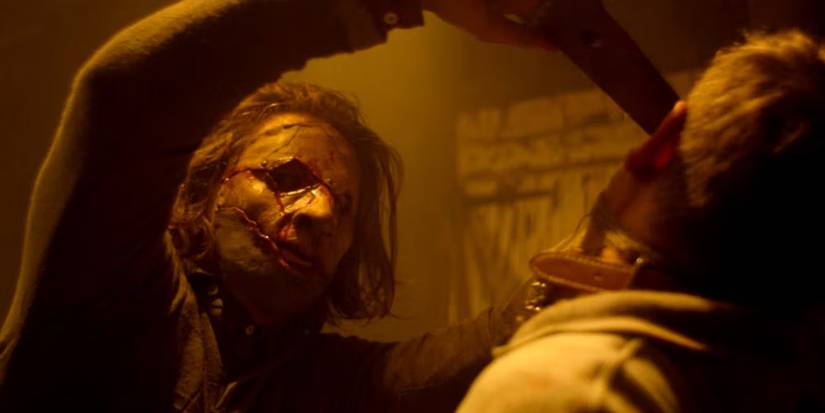
A darker ending was originally planned for the Texas Chainsaw Massacre prequel, Leatherface. In this version, Jedidiah intentionally kills Lizzy, the woman he loves, and fully accepts becoming a monster – showing he’s lost all of his humanity. The scene involved him sawing off her leg and then crafting a mask from her face while she was still alive and hanging on a hook (according to Collider).
The final version of the story significantly changed the ending. Lizzy is quickly beheaded, but Jedidiah’s transformation into a masked figure is portrayed as heartbreaking instead of simply malicious. This change evokes sympathy rather than disgust.
A more straightforward approach would have made the character one-dimensional, reducing him to a heartless killer too quickly. By adjusting the ending, Leatherface became a film that explored the character’s beginnings and delved into his troubled psyche, instead of simply being a violent horror film.
The Descent (U.S. Version)

Neil Marshall’s film, The Descent, is known for having two distinct endings. The initial U.K. version showed Sarah managing to escape the cave system and reach her car. But then, she realized it was all a hallucination – a vision brought on by her grief and mental breakdown – and woke up still trapped inside the caves.
When the film was released in the U.S., distributors asked for a happier ending where Sarah successfully escapes the cave. While she does get back to her car in that version, the film abruptly cuts to black instead of showing her continuing through the caves. Most people find the original U.K. version more impactful because it stays with viewers longer.
The original ending of The Descent fully embraces its bleakness, turning the film into a terrifying psychological study rather than a simple story of survival. The American version, by making the ending less harsh, completely altered the film’s atmosphere. The original cut remains a powerfully disturbing work – a journey not just into physical darkness, but into a state of delusion and insanity.
Carrie (2013)
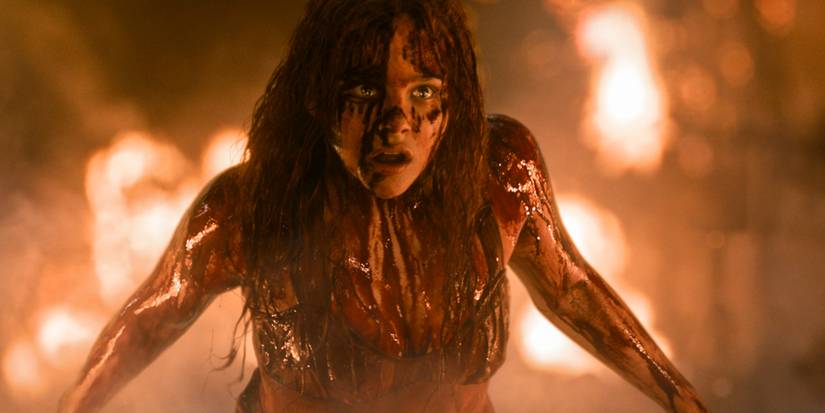
As a huge horror fan, I always remember how Carrie really set the standard for those final, shocking scares – that image of Carrie’s hand reaching out from the debris to grab someone’s ankle is iconic! Apparently, the 2013 remake was originally going to take that even further. They had planned to show Sue visiting Carrie’s grave, and then jump ahead in time to show her giving birth – talk about a disturbing twist! It was definitely aiming for maximum impact.
Instead of a baby, Carrie gives birth to a blood-soaked arm that grabs her, mirroring a scene from the original 1978 film. The story would then cut to Sue waking up, revealing she was having nightmares caused by the traumatic experience (according to Slash Film). This frightening concept would have transformed the narrative into a story about a curse passed down through generations, rather than just a single tragedy.
The current ending of Carrie focuses on feelings of sympathy and sadness, showing Sue visiting Carrie’s grave and seemingly hearing her cries. However, the originally planned ending would have been a stronger and more impactful choice. It would have mirrored the famous scare from the 1976 film, but in a much more unsettling way.
Hostel (2005)

Eli Roth’s film Hostel is known for its graphic violence, but the original ending was even more shocking. The version shown in theaters had the main character, Paxton, escape and get revenge on the man who tortured him after finding him on a train. However, the initial ending, which was later included in the director’s cut, featured Paxton encountering the same man with his young daughter.
Paxton initially kidnapped the child, and his intentions for her were unclear. However, this ending was considered too dark and made Paxton seem just as cruel as the people who had hurt him. The author, Roth, decided to rewrite it with a more typical, but ultimately more satisfying, revenge plot against the villains.
The alteration allowed the main character to retain a bit of decency, while still ending the story with a win. However, the original, harsher ending remains a reminder of how close Hostel came to being excessively cruel. Though that darker version would have been more impactful, it definitely would have resulted in a much more depressing finale.
Read More
- Clash Royale Best Boss Bandit Champion decks
- Mobile Legends November 2025 Leaks: Upcoming new heroes, skins, events and more
- The John Wick spinoff ‘Ballerina’ slays with style, but its dialogue has two left feet
- Stocks stay snoozy as Moody’s drops U.S. credit—guess we’re all just waiting for the crash
- Bentley Delivers Largest Fleet of Bespoke Flying Spurs to Galaxy Macau
- Delta Force Best Settings and Sensitivity Guide
- Kingdom Rush Battles Tower Tier List
- ‘Australia’s Most Sexually Active Woman’ Annie Knight reveals her shock plans for the future – after being hospitalised for sleeping with 583 men in a single day
- Clash of Clans: How to beat the Fully Staffed Challenge
- Bealls & Flexa: Bitcoin Bonanza at 660+ Stores! 🛍️💰
2025-11-02 19:52